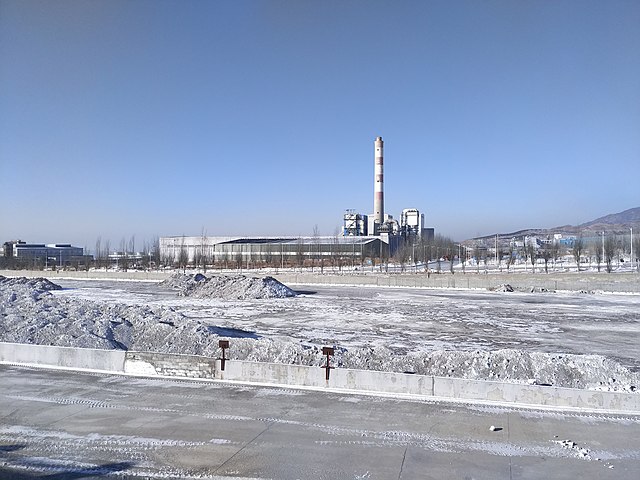Where to, Hungarian economy?
This is an old post. Information may be outdated.

The Hungarian economy's own resources are being depleted, making it difficult to choose the right direction for economic development.
According to the Central Statistical Office, in 2023, 4 million 730 thousand people were employed in Hungary, of which 4 million 220 thousand worked full-time and around 510 thousand part-time.
230 thousand people were unemployed, representing an unemployment rate of 4.7%. According to the 2023 KSH data, the educational attainment of the unemployed was as follows: basic education (8 grades) 17.2%, secondary education (vocational qualification) 42.7%, secondary school education preparing for higher education 22.1%, higher education (BSC, MSC) 18%.
Unfortunately, the KSH does not publish the distribution of the unemployed by educational attainment within higher education (BSC, MSC, PhD), however, according to Eurostat data from 2023, in Hungary, about 58% of the unemployed with higher education have a BSC, 32% have a MSC, and 10% have a PhD degree.
However, according to the analyses, the territorial distribution of the unemployed within the country and their chances of finding a job are low, so we cannot talk about a free workforce.
According to Eurostat, in the 10 most developed EU countries, the unemployment rate for people with BSC and MSC degrees is lower than the general unemployment rate. For all unemployed people, it is 1.4-2.2%. In the 10 most developed EU countries, the unemployment rate for people with BSC and MSC degrees is lower than the general unemployment rate, which indicates that higher education improves the chances on the labor market.
The current direction of the Hungarian industrial development policy shows that the increase in the performance of the Hungarian economy is expected to be realized primarily in the production of electric batteries needed for the electric car industry, as well as in the complementary waste management (battery dismantling) and in the development of energy production necessary for the operation of the sector.
According to some experts, if the government’s plans are realized, an economic structure will emerge that will consume a large amount of Hungary’s natural resources, such as the water base, which is of good quality even by European standards. It will create mass jobs for which there is no free labor capacity, so it will be necessary to rely on guest workers, which goes against the Hungarian government’s anti-immigration policy.
In addition, the environmentally polluting activities of manufacturers can endanger the living environment, biodiversity and promote the emergence of hazards that are not yet known. Given that the investors are without exception Far Eastern economic conglomerates, their domestic regulation and compliance with the rules can also be difficult at the state level.
All raw materials for the production of the products have to be transported from Asia, which also increases the environmental burden globally, and so far the manufacturers have not been required to carry out higher value-added research and development activities, and the domestic wage outflow of the employed workforce is also low, which does not support the growth of retail trade. The investments only increase the value of GDP in the short term and, taking into account the significant amount of government support, they do not significantly increase Hungarian tax revenues in the long term.
However, the indirect effects of the investments have a negative impact on the development of housing prices, because the increased demand for housing and accommodation in some parts of the country raises real estate prices far above the real purchasing power value, increases the burden on road and rail transport, which is already struggling in some areas with the current traffic, and perhaps the most important is that the Hungarian energy balance is currently in deficit, but the planned industrial facilities will increase the energy demand by an order of magnitude, which, calculated on real market bases, can increase consumer prices to an unforeseeable extent in the future.
According to some analyzes, it is not known whether car batteries made with the current technology will be salable in the long term or whether a mass production technology will be created based on the results of existing research that will make the current investments impossible to operate.
According to experts, the short-term development of the economy does not result in keeping Hungary on a continuous growth path, it would be necessary to settle the situation of higher education and to put vocational training and specialized education on a new path, but even if these are successfully implemented, it will take decades for a layer of employees with high or the necessary good quality qualifications to appear, especially based on the current demographic indicators.
According to Eurostat data from 2023, the gross average wage in Hungary is HUF 544,000 for those with higher education, while for those doing unskilled work it is HUF 300,000. This means that those with higher education earn an average of 81% more than those doing unskilled work, and the contribution of those with higher education to GDP growth is also significantly higher.
The real results of the Hungarian industrial development will only be visible in years, but the correction of any large system, the change of its role in the economy is a time and resource-consuming task, even with strong government political commitment.
The text does not provide a comprehensive analysis of the current state of the Hungarian economy and its future prospects. It highlights some issues related to the electric battery manufacturing sector, the Hungarian labor market situation, and some aspects of labor force training.